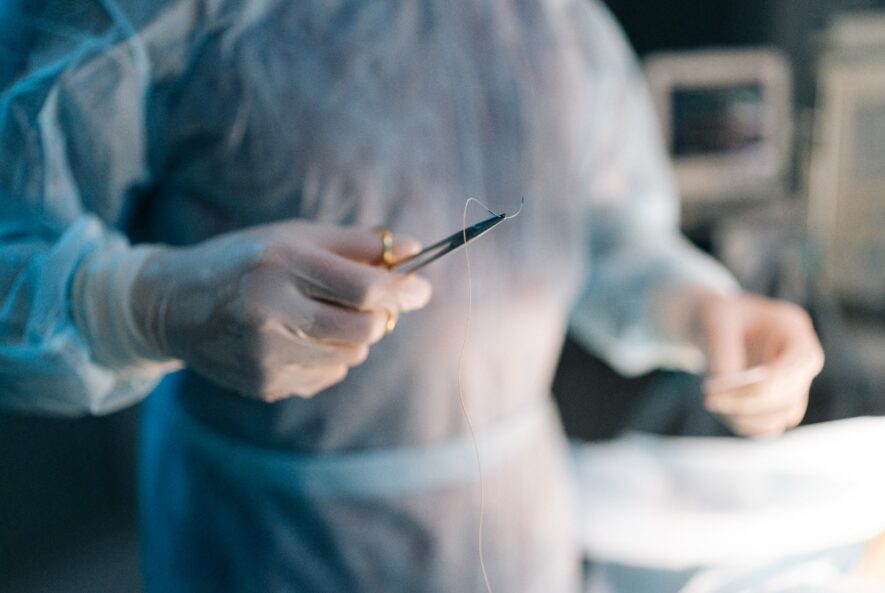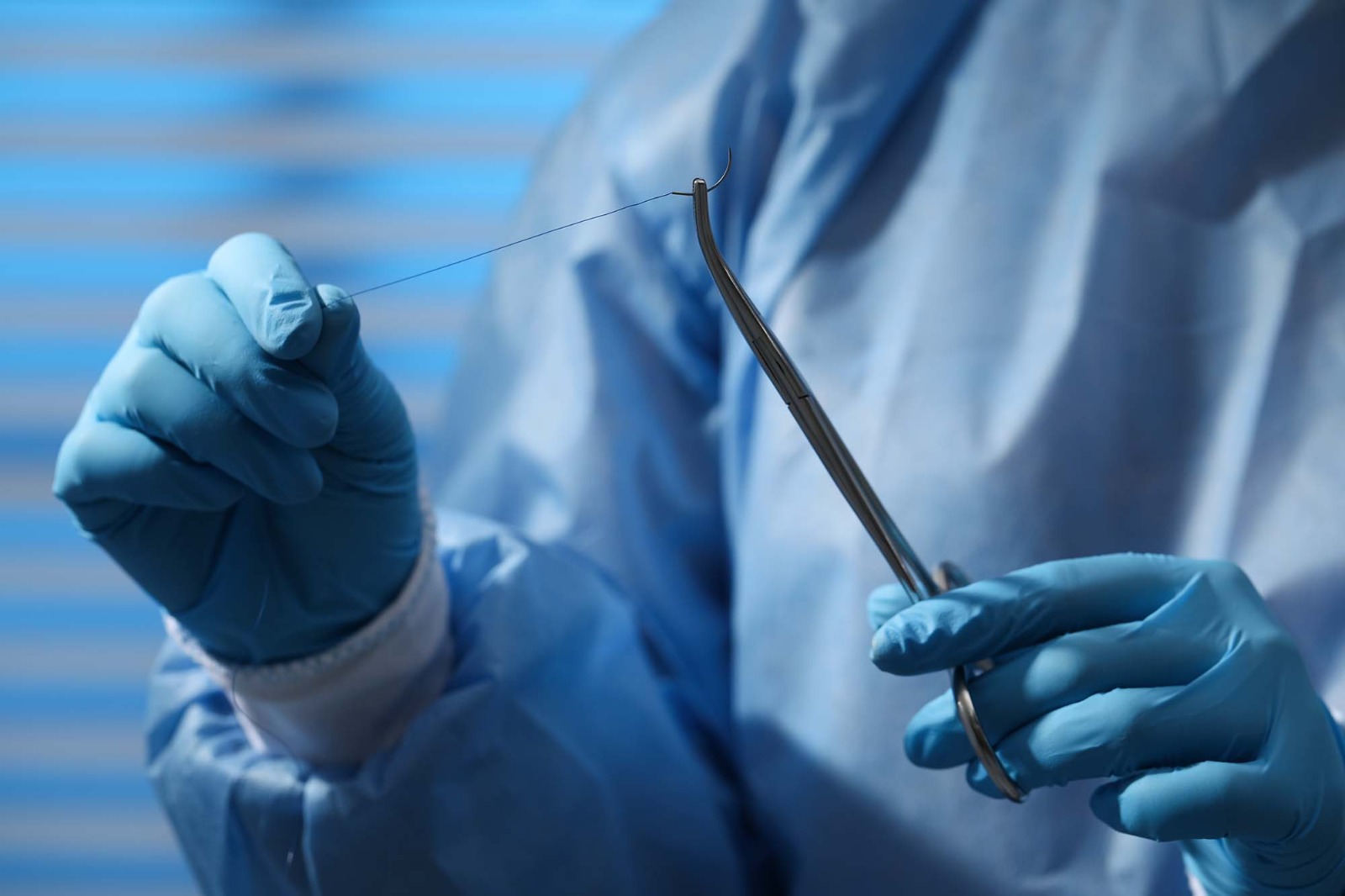- smart care
- January 29, 2025
- sutures
- 0 Comments

The Importance of Suture Material in Wound Healing
Introduction
Surgical sutures play a critical role in wound closure, supporting the healing process, and minimizing complications such as infections or scarring. The choice of suture material can directly impact the speed and quality of healing. In this article, we explore how different suture materials affect wound healing and the factors that influence their selection.
How Suture Materials Affect Wound Healing
1. Tissue Reaction and Biocompatibility
The body may react differently to various suture materials:
- Natural sutures (e.g., silk, catgut) may cause mild inflammation due to their organic composition.
- Synthetic sutures (e.g., polyglycolic acid, polyglactin) are designed to reduce tissue reaction and provide predictable absorption.
2. Absorption and Degradation Rates
- Absorbable sutures (e.g., polyglycolic acid, polydioxanone) break down naturally in the body over time and are ideal for internal tissues.
- Non-absorbable sutures (e.g., nylon, polypropylene) remain in place and must be removed, making them suitable for external skin closures or long-term support.
3. Strength and Tensile Retention
- Strong sutures like polyester and polypropylene are preferred for high-tension areas such as tendons or cardiovascular repairs.
- Weaker sutures like chromic gut dissolve faster and are used in rapidly healing tissues.
4. Infection Risk
- Multifilament sutures (e.g., silk, braided polyglactin) provide strong knot security but may trap bacteria, increasing infection risks.
- Monofilament sutures (e.g., nylon, polypropylene) are smooth and resist bacterial colonization, making them ideal for contaminated wounds.

Best Suture Choices for Different Wound Types
| Wound Type | Recommended Suture Material |
|---|---|
| Superficial skin wounds | Nylon, Polypropylene (non-absorbable) |
| Deep tissue wounds | Polyglycolic Acid, Polydioxanone (absorbable) |
| Contaminated wounds | Monofilament synthetic sutures |
| High-tension areas | Polyester, Polypropylene (strong, non-absorbable) |
Conclusion
Choosing the correct suture material is crucial for minimizing tissue trauma, promoting fast healing, and reducing complications. Surgeons must consider factors like tissue type, absorption rate, and infection risk when selecting sutures for optimal patient outcomes.




